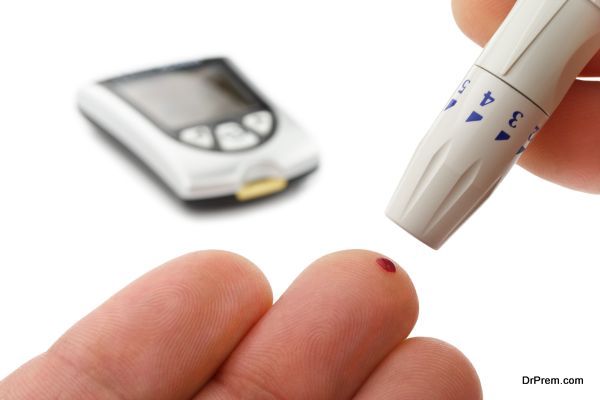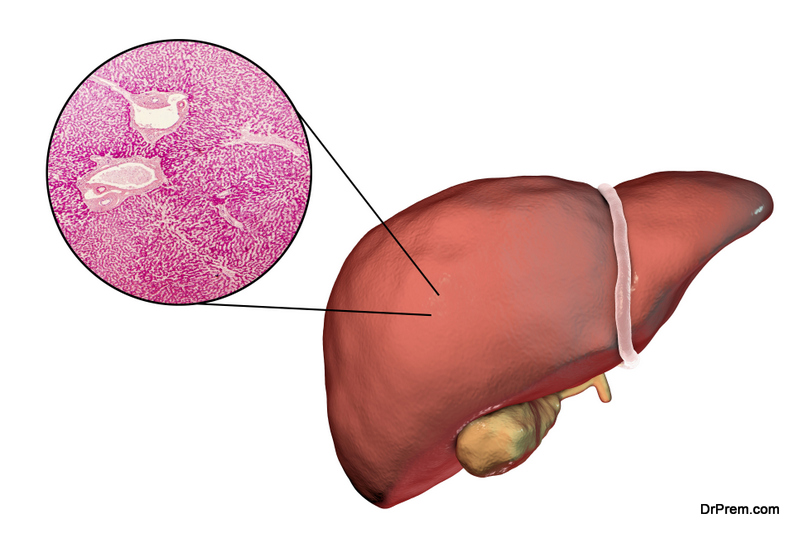The Massachusetts General Hospital in Boston made the news recently when it successfully completed the first penis transplant in the U.S. The transplant procedure was done on a patient called Thomas Manning who had lost his own penis to cancer. Here are some interesting facts about the procedures that you may want to know.
A successful procedure

A 64 year old bank courier living in Halifax, Thomas Manning lost his penis to a rare form of cancer. Doctors had to remove most part of the organ in order to prevent the cancer from spreading. The operation left Manning with an unsatisfactory 1-inch stump which he decided to change in an experimental surgical procedure.
Under the guidance of a team of surgeons at the Massachusetts General Hospital in Boston, Manning underwent a penile transplant procedure where the penis from a dead donor was attached to his body. The procedure went by smoothly and Manning is on his way to a full recovery. Doctors believe he will be able to urinate normally in a few weeks and regain sexual function in the coming months.
Interesting Facts about the Procedure

- It is an Experimental Program
The penile transplant surgery was an experimental procedure which was done as part of a research program aimed at helping veterans of the war with devastating pelvic injuries, accident victims and genital cancer patients regain their anatomy.
- It is not the world’s first penile transplant procedure
The world’s first ever penile transplant procedure was done in China in 2006. In spite of the successful transplant, the 44 year old patient who received the penis opted to cut it off within a fortnight owing to personal issues.
This was followed by another penile transplant procedure in Cape Town, South Africa in 2014 which is considered as the first successful penile transplantation procedure in the world. The recipient went ahead to conceive a child years later.
- It is not the same as sex-change surgery

Penile transplant surgery pertains to surgically fitting a fully grown penis from a deceased or living individual onto the recipient’s body. Transgender surgery on the other hand, pertains to crafting a penis from the patient’s own skin using either phalloplasty or implants.
- It needs a suitable donor
Penile transplant like any other transplant procedure of a cadaver organ, requires a suitable donor. In addition to the biological issues related to this, there are also the ethical and social issues that come with such procedures.
- It has started a wave of penile transplant procedures in the U.S.
Following the successful penile transplant procedure on Manning, surgeons are planning to carry out 60 more experimental penile transplant procedures on war veterans and wounded servicemen in a bid to restore their sexual and urinary functions. These procedures will involve transplanting only the penis, but not the testes. The first round of operations is set to commence in the coming weeks.
- It can cause possible side effects

A penile transplant procedure does not come without its share of side effects, the most dominant of which includes the psychological issues a recipient may face after receiving the transplant. The recipient may have a hard time adjusting to the new penis and may require psychological support to cope with the same.
A penile transplant recipient will also need to depend on immunosuppressive drugs for life so as to prevent their body’s immune system from invading the transplanted penis as a foreign body. In most cases, these drugs can compromise the recipient’s immune system, making him more vulnerable to problems like infections, lymphoma, diabetes and even end-organ damage.
A team of surgeons at the Massachusetts General Hospital in Boston performed the first ever successful penile transplant in the U.S. on a patient called Thomas Manning. Hoping to continue the successful run, the surgeons have planned to perform penile transplant procedures on 60 more individuals.




